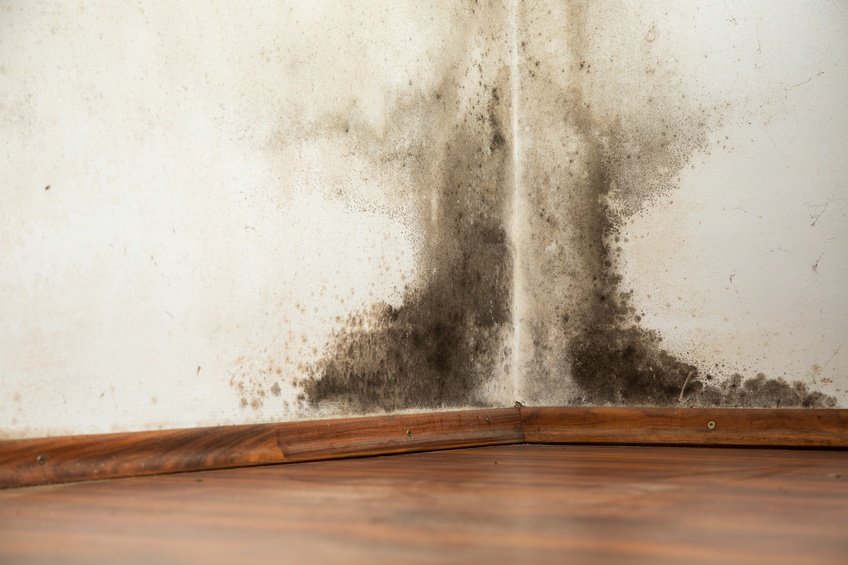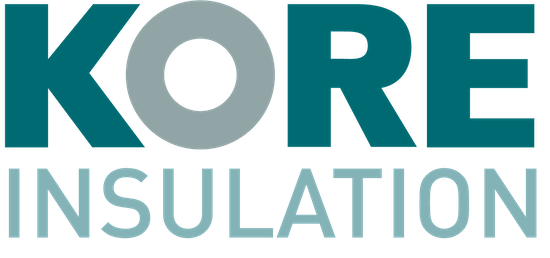
There are many reasons why insulation is a good idea. In fact, we could write a book on the benefits of properly insulating and ventilating your home. Instead, we’ll sum it up in a short blog post so you’ll be on your way to investing in your health, comfort and the environment.
We’ll start off by looking at a few facts you may already know:
- Insulation costs money
- The installation of insulation costs money
- There are numerous insulation grants and discounts available to help reduce the cost
What can influence the cost of insulation?
There are numerous factors that influence the cost of insulation. This includes, but is not limited to, the size of the space to be insulated, the type of insulating material or insulation system used, the construction type and whether additional retrofit measures are needed and the contractor you choose. Even the time of year can affect the cost of new insulation, as raw materials may be more or less expensive depending on market conditions or supply and demand. While there may be no right or wrong time to insulate a home, keep in mind that prices quoted can and do change.
Never sacrifice the quality of the insulation or labour to save money. That’s not to say that all competitively priced jobs lack quality, but the term “you get what you pay for” can apply to insulation, as well. In every case the contractor should be at minimum SEAI and NSAI Approved. While it may cost more to choose an approved contractor rather than a friend of a friend of a friend, you want an insulation contractor who knows that they’re doing and can guarantee their work.
Now that we know a bit about the cost of insulation, let’s see why we think it’s a wise investment.
1. New insulation may increase the value of your home
Let’s start off by looking at the requirements for obtaining a Building Energy Rating, or BER. By law, an owner must obtain a BER before a new home can be occupied. It makes no difference if the home will be owner-occupied, or if the home will be made available for rent – it must have a BER. When selling or renting a preexisting home, the home must also have a BER, and the rating must be included in any advertisements and provided to any person interested in renting or buying the property.
A Building Energy Rating assigns a letter grade to how energy efficient a home is on a scale from A1 to G. It also shows the associated CO2 emissions; the lower the number, the better.
A recent study conducted by the Economic and Social Research Institute found that with each improvement on the BER scale, the sale price of the home increased by as much as 2 percent. The study also found that a home with a A-rating, when compared to a D-rated property, had a sales price premium of 9.3 percent.These numbers were found to decrease slightly under better performing market conditions.
In addition to an increase in value, an energy efficient home costs less to run, has a more consistent and comfortable indoor environment and will leave a lasting impression on prospective renters or buyers when compared to a less efficient home.
2. An energy efficient home will keep everyone healthy
The return on investment with insulation is not just financial. With insulation you’re investing in your health, and the health of every other occupant. While insulation plays a major role in keeping us healthy, in must be done in combination with high quality building practices and other measures such as roof and wall ventilation. Proper roof and wall ventilation ensures that fresh air is able to replace stale indoor air that may contain moisture, pollutants, smoke and odours. Ventilation may either be passive or mechanical, and it’s typical to use a combination of both. You may see mechanical ventilation in wet rooms such as the kitchen or bathroom, and passive ventilation in the living room or bedrooms.
Numerous studies and reports have identified a link between proper home insulation and health. Families that live in warm and dry homes have reported fewer visits to their GP and generally feel healthier. In insulated homes the number of people admitted to hospital for respiratory illnesses decline, along with the number of sick days taken for both school and work. Research by the World Health Organisation found that occupants of homes with temperatures below 18 degrees are more susceptible to asthma, colds and bronchitis.
SEAI’s Warmth and Wellbeing Scheme provides insulation and energy efficiency upgrades to those facing energy poverty who have been diagnosed with chronic conditions like CODP (Chronic Obstructive Pulmonary Disease) and asthma. Learn more bout the Warmth and Wellbeing Scheme.
3. Insulation will protect your home from damage

An uninsulated or poorly insulated home is at risk of damage from moisture and condensation. When the surface temperature of a wall or roof (or really any surface) reaches or dips below the dew point of the air, condensation will form. Condensation may form on the surface, or it may form inside of the building component itself, also known as interstitial condensation. This type of condensation is hard to detect as it occurs inside of the wall, roof or floor, and may not present any symptoms at the surface level for a long period of time.
Any form of condensation runs the risk of causing permanent damage to the structure of a home. Condensation may cause mould growth, leading to respiratory problems and poor indoor air quality, or it may lead to rot which can affect the structural integrity of the home itself. Condensation, whether surface or interstitial, should be avoided when at all possible.
Condensation may also occur from normal everyday activities, like cooking, showering, running the heat and drying clothes. Proper roof ventilation and wall ventilation ensures that this type of condensation is able to exit the home without causing any unnecessary problems.
Insulation helps to reduce condensation by raising the temperature of the internal and external surface to a temperature above the dew point, making it less likely to form. A condensation risk analysis can help the installer determine the placement and thickness of insulation required so that condensation does not become a problem in the future.
4. New insulation will pay for itself
While in most cases there is an upfront cost for insulation, the payback period can be relatively short. Most homeowners will notice a decrease in energy bills straight away. Insulation keeps the indoor temperature consistent throughout the year, whether you’re heating the indoor space during the winter, or cooling the air during the summer.
As heat takes longer to transfer through insulation, your heating system won’t need to work as hard or as often to maintain the temperature. This means you’ll use less energy to reach the desired indoor temperature even on really cold days. At the end of the month when you receive your energy bills, you’ should notice a decrease in the amount you need to spend to keep warm and comfortable. The money you save on your utility bills will eventually offset the cost of insulation, in most cases in a relatively short period of time. However, you can’t place a price on you and your family’s health.
The payback period also depends on the amount required upfront. In Ireland there are numerous grants available that will reduce your out of pocket cost right from the start. A few examples include SEAI’s Better Energy Homes Scheme, which offers cash grants to reduce the cost, or Electric Ireland’s Energy Efficiency Incentive, a programme that gives you discounts on your electricity or gas bill. You may also look into KORE’s Warmer Homes Scheme, which provides free insulation to vulnerable sectors of society. Even if these insulation grants aren’t suitable for your situation, you may be able to take advantage of the Home Renovation Incentive Scheme.
5. Insulation will reduce your carbon footprint
Global warming is a very real and dangerous threat that we all must face head on. Greenhouse gas emissions are contributing to a global rise in temperature that has devastating consequences. New insulation has multiple purposes – to keep you comfortable and to reduce carbon emissions associated with heating and cooling. New insulation will help to reduce your home’s carbon footprint by reducing the amount of energy you use. By obtaining a Buildng Energy Rating after the work is done you can even see your home’s carbon dioxide emissions per metre square per year (kgCO2/m2/yr).
KORE Expanded Polystyrene insulation is a sustainable product. It’s made from 98 percent air, contains no harmful chemicals and will not degrade over time. KORE EPS is designed to last the lifetime of a building. It’s maintenance free and will perform to the same level as the day it was installed. Even better, expanded polystyrene can be fully recycled at the end of a home’s useful life. Manufacturing of the material is just as environmentally friendly, containing no CFCs or HCFCs, relying on simply heat and steam to expand the raw material. Leftover material can be compressed and turned into a variety of other products, or reused in the production of insulation products, depending on its condition.
New insulation is worth the investment
No matter the insulating material you choose, insulation is a great investment that will reduce your energy bills and carbon footprint, keep you and your home warm, comfortable and healthy and help to increase your home’s value. While the initial investment may seem like a lot, there are so many insulation grants to choose from you will most likely end up paying much less, reducing the investment payback period significantly.
Not sure where to start? Contact KORE today and we’ll help find an insulation programme that works for you, and put you in touch with an NSAI, SEAI and KORE Approved insulation contractor in your area.

